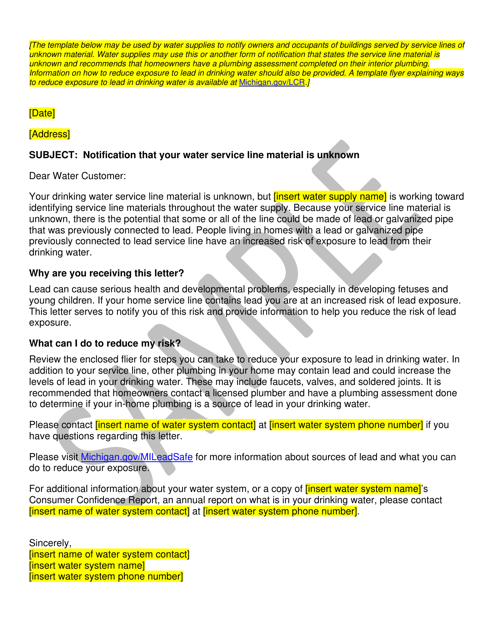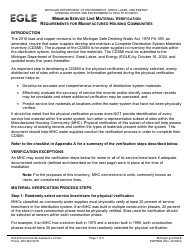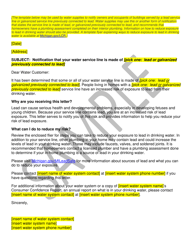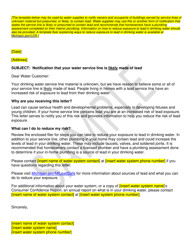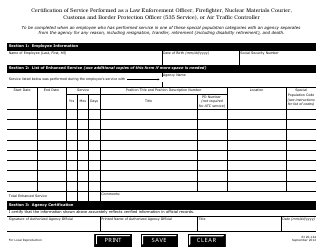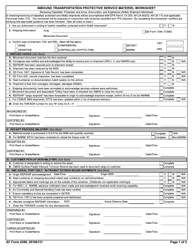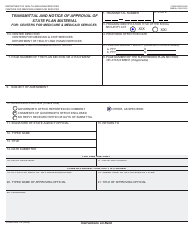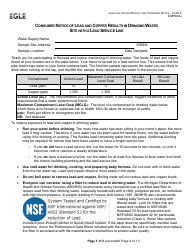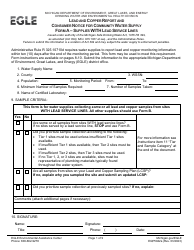Template of Unknown Service Line Material - Sample - Michigan
Template of Unknown Service Line Material - Sample is a legal document that was released by the Michigan Department of Environment, Great Lakes, and Energy - a government authority operating within Michigan.
FAQ
Q: What is a service line material?
A: A service line material refers to the type of pipe or tubing used to connect a building or property to the public water supply or sewer system.
Q: Why is the service line material important?
A: The service line material is important because it can affect the quality of the water supply and the overall durability and maintenance of the system.
Q: What are some common service line materials?
A: Common service line materials include copper, galvanized steel, polyvinyl chloride (PVC), and high-density polyethylene (HDPE).
Q: What is the preferred service line material?
A: The preferred service line material varies depending on factors such as cost, durability, and local regulations. In Michigan, the preferred materials for drinking water are copper and HDPE.
Q: Are there any restrictions on service line materials?
A: Yes, there may be restrictions on service line materials, such as limits on the use of lead or other materials that can contaminate the water supply.
Q: Who is responsible for the service line material?
A: The property owner is typically responsible for maintaining and replacing the service line material.
Q: How can I determine the service line material for my property?
A: You can contact your local water utility or a licensed plumber who can inspect your property and provide information on the service line material.
Q: Can I replace my service line material?
A: Yes, in many cases, property owners can choose to replace their service line material to improve the quality and efficiency of their water supply.
Q: Are there any financial assistance programs for service line replacement?
A: Some states or municipalities may offer financial assistance programs to help property owners with the cost of service line replacement. You can inquire with your local government or utility provider for more information.
Form Details:
- The latest edition currently provided by the Michigan Department of Environment, Great Lakes, and Energy;
- Ready to use and print;
- Easy to customize;
- Compatible with most PDF-viewing applications;
- Fill out the form in our online filing application.
Download a printable version of the form by clicking the link below or browse more documents and templates provided by the Michigan Department of Environment, Great Lakes, and Energy.
